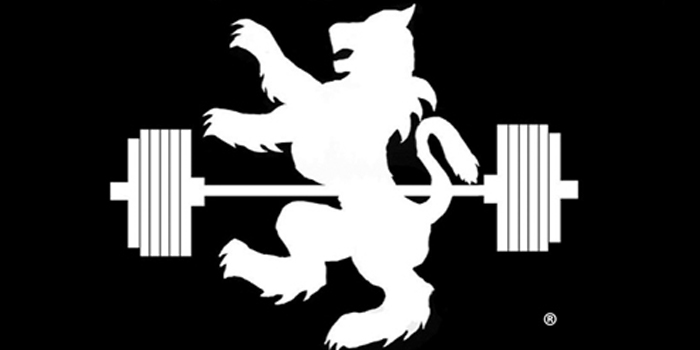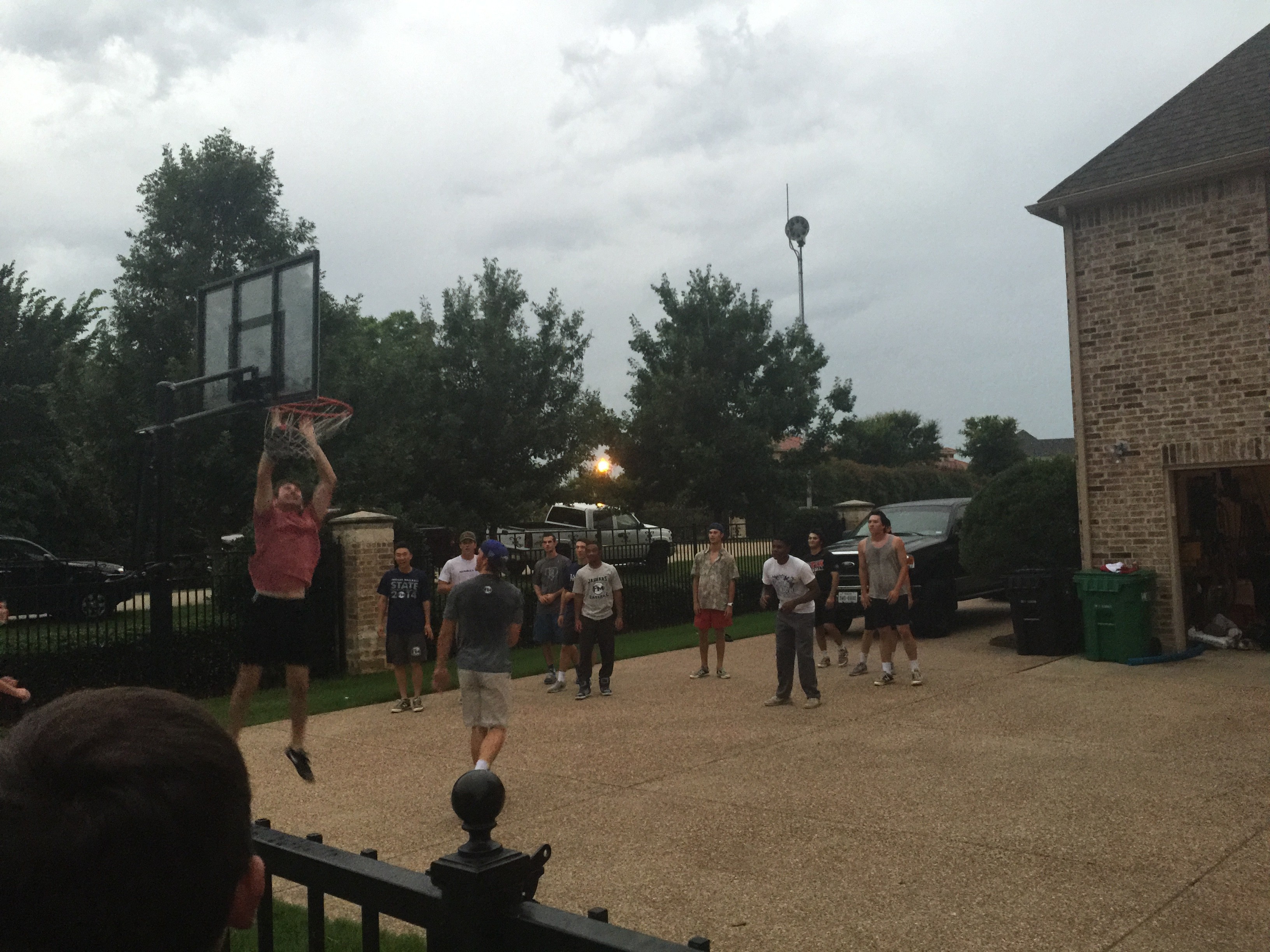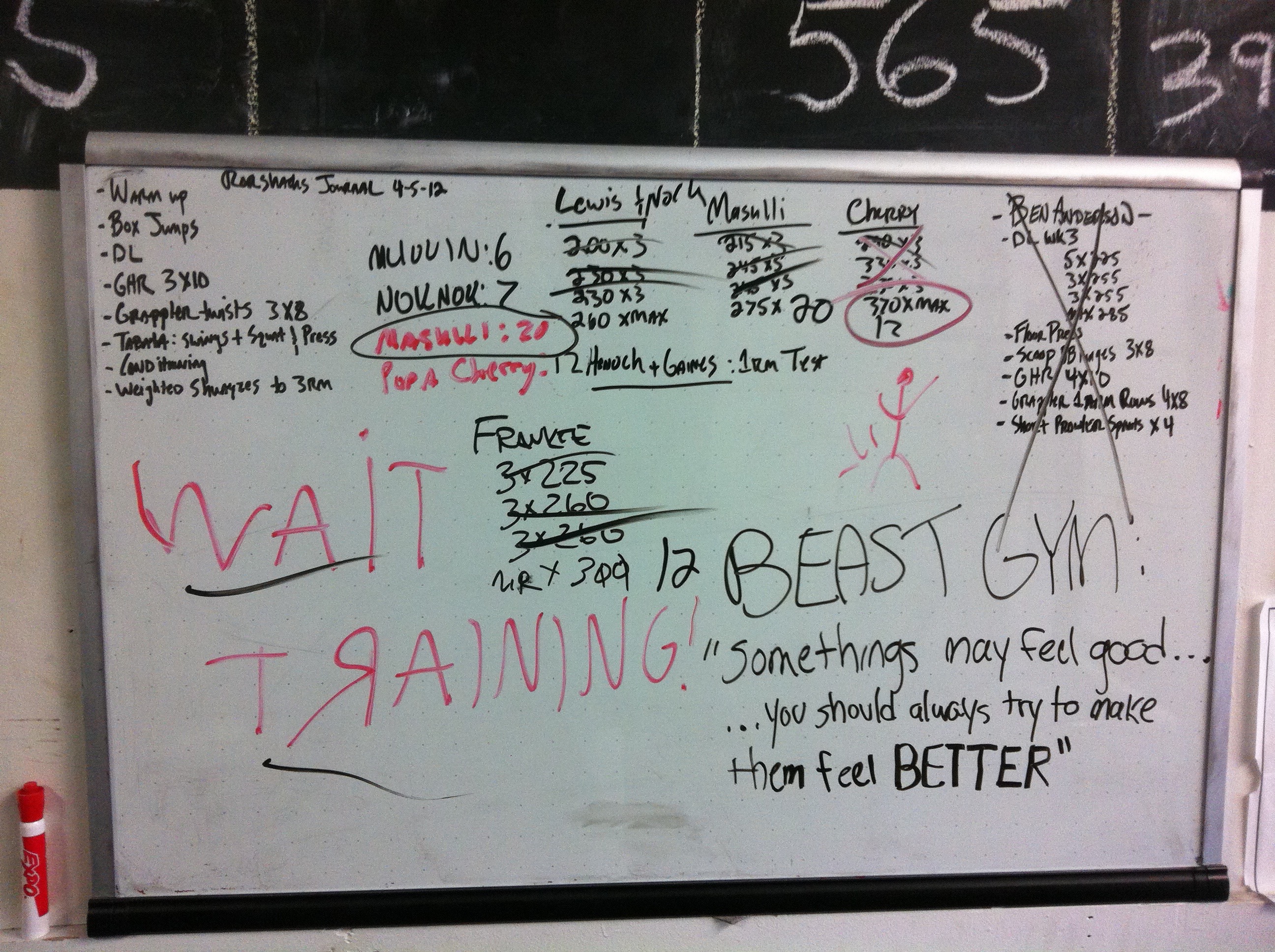
I found the best way to add to a trainee’s vertical jump was to perform a jump myself – cold; following their initial test. It’s amazing how quickly being out-jumped by a 290-pound powerlifter assisted the athlete in somehow summoning the power to add another three inches to his own vertical. It was one of the easiest ways I knew to flip the ‘gut-check’ switch.
—Erik Eggers, CSCS
My wife and I are gluttons for punishment.
A herd of twenty high school baseball players made short work of a dozen pizzas, dining on my back patio before sprinting over to the driveway to shoot some hoops. They were led by my oldest son, now seventeen and finishing his junior year. I'm not quite sure how the pizza never made a second appearance. I know I would have heaved.
I remember seventeen.
We were hosting a postseason dinner for the boys. They’d had a good season. The team played well despite falling short of the ultimate goal, a second State Championship in as many years; not an easy feat given the ardent enthusiasm surrounding Texas’ baseball.
With all the players in the driveway, I saw an opportunity to push my middle son out of his training comfort zone and I quickly capitalized on it.
“Harrison, do you want to squat tonight?” I asked. Harrison is slated to be a freshman in the same high school next year.
The garage gym (Beast Texas) in our home opens to the driveway, so I knew Harrison would be training in front of twenty older athletes. He would effectively have a captive audience, at least until they grew tired of launch bricks (keep it to the baseball diamond, guys) and decided to move inside to the Ping-Pong table, or back for a second round of Hawaiian Pizza . (Yuck. Hot pizza and pineapple is definitely not my thing.
“Sure. I’m ready now,” he said, heaving his lean frame from the couch.
We set the music to pump-out a ridiculous level of noise pollution and went to work as Buckcherry sang about his “Crazy Bitch,” – she fucks so good, he’s on top of it.
Seemed appropriate at the time.
To make a long story short, all of Harrison’s work sets went very well. He was certainly performing better in the gym than these baseballers were performing on the hoops court. His form was tight and he was easily knocking-out the prescribed repetitions.
The programming was simple (very simple):
Box Squat (box set to parallel) – Four total sets post warm-up
- 5 reps with 70% of Max
- 5 reps with 75% of Max
- 5 reps with 75% of Max
- As many reps as possible (“AMRAP”) with 85% of Max
Glute Ham Raise – Three sets of ten total reps
Reverse Hyper – Three sets of ten total reps (bodyweight only).
Note: We typically program for some plyometric work prior to the squatting (e.g. box jumps or lateral hops, known as heidens). We especially like the lateral work for baseball players, particularly pitchers). We also utilize a fair amount of unilateral leg training and med ball plyometrics.
When we came to the Box Squat AMRAP set, I decided to increase the stakes a bit and asked three of the older baseball players to come into the gym and stand around the Collegiate Power Rack while Harrison went to work — I love that rack.
I leaned over to the boys and whispered, so Harrison couldn’t hear, “You’re here to create additional pressure for him to perform well during this set. Just stand on either side of the power rack, set-up to spot him, and watch.”
Works every time!
Harrison knocked-out 14 total reps (approximately six more reps than I thought he was reasonably capable of) and walked around for the remainder of the evening with his chest puffed out. He looked like Pixar’s Mr. Incredible (when he was back in shape), strutting around our kitchen. I think he may have actually gained an additional inch of height during that set.
I know I’ve discussed this topic before, but I remain a big fan of group training when done correctly. There is nothing like a little dose of healthy competition to drag an athlete out of his comfort zone. In this brief piece, I wanted to share some of my high-level thoughts on how to property conduct a group training session.
Thoughts on Group Training Protocol
When training young athletes, I believe every set of the compound lifts should be spotted and coached. My personal preference is a maximum of one coach/trainer to five athletes (one coach/trainer to four is better if you can pull it off). I’m citing no source for this ratio. It’s based on my own experience and personal opinion. I understand maintenance of this ratio may be impossible in certain instances, particularly in a collegiate training. All things being equal, the lower the athlete/trainer ratio, the better.
Plan
The trainers should design the programming prior to the training session to maximize efficiency. I prefer to utilize a spreadsheet to help calculate percentages and cumulative training volume – both for pre-session targets, and subsequent to training, for the recordation of training results. Diligence in recording training results will help immensely in understanding how athletes are responding to the protocol. It makes the decisions regarding upward and downward adjustments in training weight and volume easier. If you fail to record the results during the training session you’re never going to be able to recall them later (particularly with the necessary degree of accuracy). Undoubtedly, you will remember the most outstanding set of the session and the worst set of the session, but the middle performances will inevitably be lost in the bustle of activity.
I prefer to post the programming so athletes can both mentally prepare for what we expect in the session, as well as prepping them for the working set weights. All athletes should participate in loading the bar, both for their own sets and in assisting the other athletes.
Preparation
At the outset, one coach takes all of the athletes through a dynamic warm-up while a second (if available) posts the programming and ensures that the facility is prepared for the athletes. We utilize ladders, hops, skips, jumps, etc. I see a lot of negative thoughts written about agility ladders (i.e. they only train athletes to become better at ladders); candidly, from my perspective, we are facilitating blood-flow to warm the muscles in preparation to handle sub- and near-maximal loads. Ladders have some utility in this regard, but are not critical.
Perform
Each set is effectively coached and spotted. The training order of athletes should be set from the lightest work sets to the heaviest work sets (this is my preference and I’ve found it works well). Consistent programming jumps in weight should keep the athlete order consistent. Example for the order for first work set:
Squat
Owen: 5 repetitions of 200 pounds
Donald: 5 repetitions of 225 pounds
Alex: 5 repetitions of 250 pounds
John: 5 repetitions of 260 pounds
Demanding the athletes spot one another not only is paramount for safety concerns, it also works to keep all of the athletes engaged in the training session.
When possible, athletes continue to move as a group from exercise to exercise until the session is completed.
Prevail
There are many times an athlete’s body prematurely signals him or her to quit a grueling training session or during a grueling set, leaving valuable result-producing reps in the proverbial tank. The group training atmosphere not only assists with acquiring mental toughness but also creates a synergistic environment created via competition. It emotionally vests the trainers, helps the athletes focus and, as an ancillary benefit, often causes the athletes to be more interested in each other’s success.
When it comes to group training, never underestimate the benefit of healthy competition to fan the flames of an athlete’s spirit.












